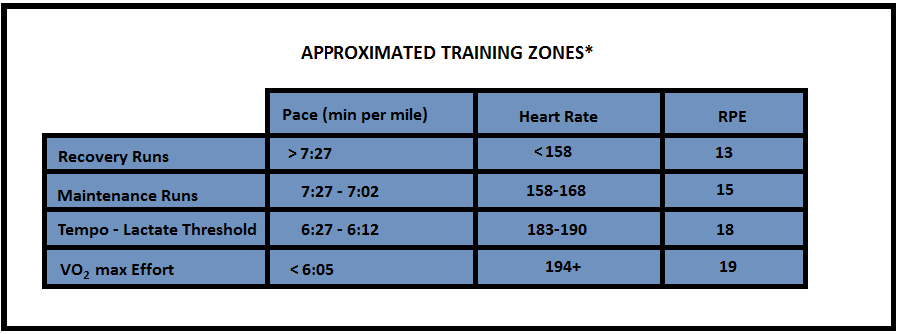
Run a Marathon Best With This Simple Test
By Ruben Sança
When Pheidippedes ran from the Greek city of Marathon to give word of the Greek victory over Persia nearly 2500 year ago, one could say that he wasn’t so concerned about how quickly he arrived in Athens, as long as he actually made it there – alive that is. Today, just completing a marathon is not enough for most returning marathoners. From elites to beginners, marathon runners are frantically looking for ways to get faster with each marathon. The running culture is continually pushing the envelope in redefining new personal records (PR) with each generation that comes. For instance, Jim Peter’s 2:20:42 world record time in 1962 is now more than a full 5km behind top times today. It is fair to say that a little PR does in fact make the ride home a somewhat sweeter. Since Peter’s run, racing and training equipment have continually improved, training methods have consequently advanced and the number of fast marathons available have exponentially increased. We now find ourselves on the verge of breaking the then-seemed-impossible 2 hour barrier. Yes, a lot has changed, but one thing has remained nearly constant: our blood. One of the best ways to improving an athlete’s marathon time is to perform a lactate threshold (LT) test and use the information for slight tweaks in the training program.
But wait, what is a lactate threshold?
According to exercise physiologist Brendan Rickert of Brick by Brick Performance Development, “lactate threshold simply put is the point in which lactate production is more than can be buffered by the body.” In other words, when the athlete’s workout starts to hurt and the athlete feels the urge to either slow down or stop running. At the LT mark, the blood lactate level starts to accumulate faster than it can be removed. Lactate is a by-product of aerobic metabolism which is not to be confused with lactic acid which is a by-product of anaerobic metabolism. Rickert explains, “essentially, lactate threshold is the runner’s ability to run at a certain pace or intensity for as long as possible before switching over to the anaerobic metabolism.”
How can it help me?
More often than not, coaches and athletes run the risk of underestimating or overestimating the athlete’s marathon pacing requirements. There tends to be a lot of second guessing in what training paces will yield the largest fitness gains from each athlete. As we know today, pacing is one of the key components to running a PR in the marathon. When it comes to developing a training program, a coach’s ability to understand his athletes’ lactate threshold values, goes hand in hand with the coach’s ability to prescribe specific workouts that will result in optimized race performances. When coaches and athletes become familiar with lactate threshold values, the guessing game on pacing is taken out of the equation. By avoiding under-training or over-training, athletes are able to stay healthier for longer periods in addition to reaping psychological benefits.


Effective and Direct Changes to Training
Based on the raw data above, this athlete’s coach is now able to determine her training zones to improve her aerobic efficiency. For instance, after a hard workout day, the coach understands that the athlete may need an easier recovery day. A true recovery day in this case would be anything slower that 7:27 pace per mile or below a heart rate (HR) of 158 bpm. This will steer the athlete away from over-training and possibly avoid overuse injuries. Another effective use of LT test results can also be seen on opposite sides of the scale – for those who are unsure if they’re under-training or not. If the elite female marathoner has a prescribed 3 x 3 mile workout at LT zone, the coach would prescribe the athlete to run no slower than 7:02 pace per mile or above a HR of 168 bpm. By keeping both variables at the pre-determined approximated training zone for LT runs, the athlete is able to maximize her aerobic gains without hitting the tip of the scale.
Do you see yourself benefiting from a test?
LT testing isn’t just for those looking to break the 2-hour mark. In reality, athletes who haven’t done much structured training programs may be the ones to benefit the most. A typical LT test consists of running 3 to 5 minute segments progressively faster speeds of one’s own ability level. Blood samples are drawn and heart rate data is collected in between intervals. With so much wearable technology available today, runners of all ages and ability levels can learn to master their own individual pacing using LT. Do you see yourself benefiting from an LT test?
—
Disclaimer: The author performed an LT test at Platinum PT – Hopkinton, administered by Brendan Rickert and Dr. Julianne Cappadona of Brick by Brick Performance Development. Tests cost approximately $100 and can be completed in under an hour.
The Long Run is a weekly blog published by Lowell Running, LLC.
